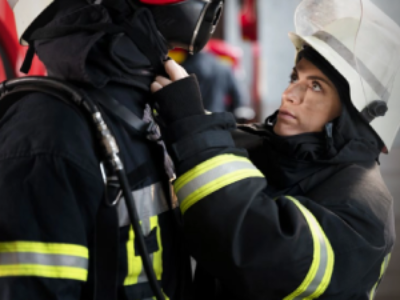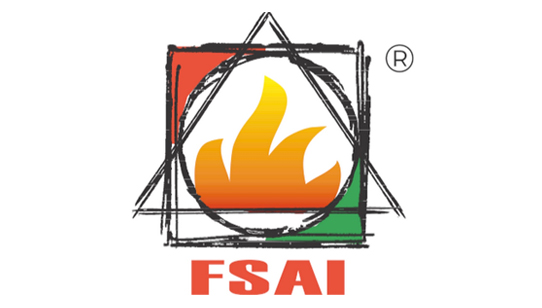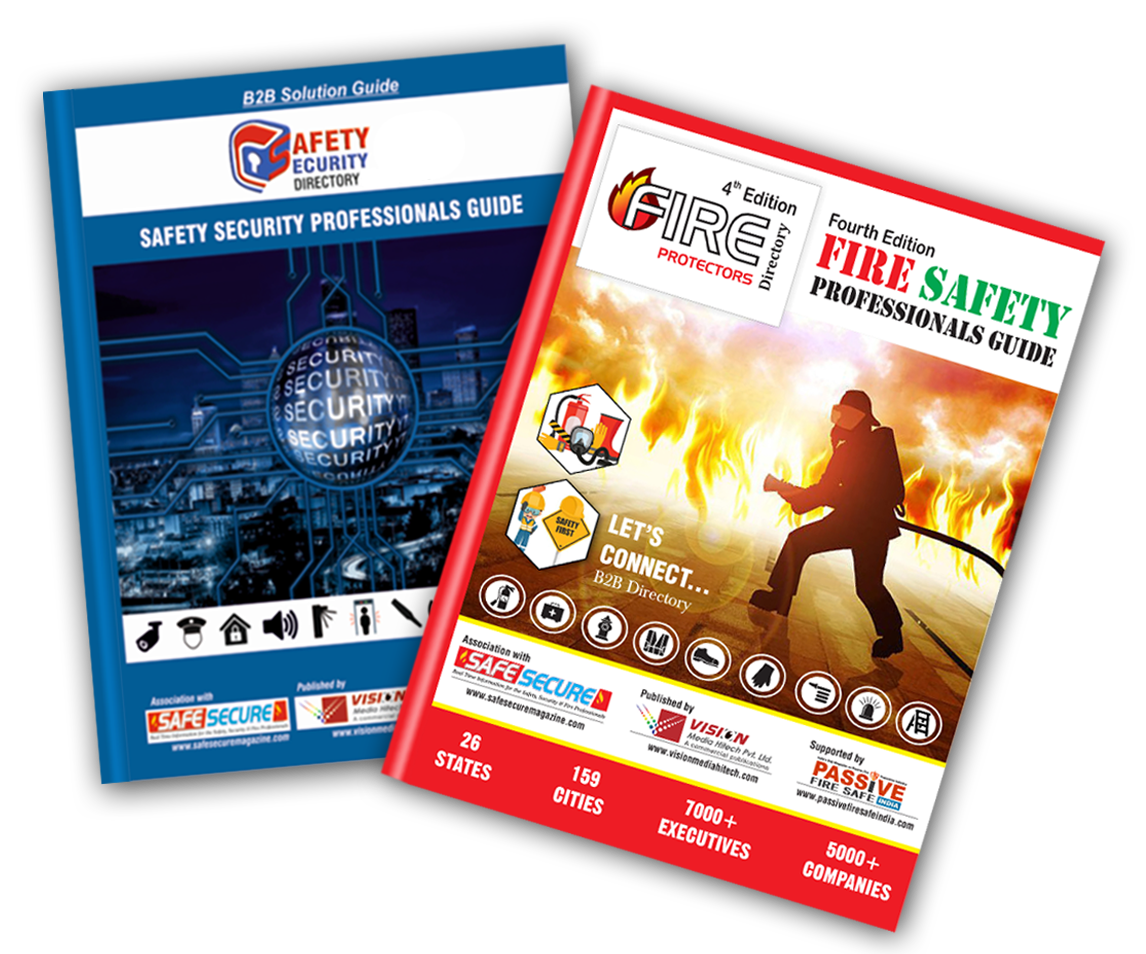Modern fire
extinguisher training is crucial for safety professionals, combining hands-on
experience, interactive learning, and the latest technology to ensure
preparedness. This approach improves safety knowledge, response time, and
confidence, empowering workers to handle fire emergencies effectively.
In any workplace, fire safety remains one of the most critical aspects of overall health and safety practices. Fire extinguisher training plays a central role in empowering safety professionals and employees to act quickly and effectively in the event of a fire. Traditional fire extinguisher training, which typically involved passive instruction and basic demonstrations, is no longer sufficient. In today’s dynamic work environments, especially with new materials, technologies, and hazards emerging, safety professionals must be trained in more interactive, comprehensive, and engaging methods.
Modern fire extinguisher training not only focuses on using fire extinguishers but also emphasizes understanding the fire safety systems, making informed decisions in the face of danger, and reacting calmly under pressure. This article explores contemporary approaches to fire extinguisher training, highlighting new methods, tools, and strategies that can better prepare safety professionals for handling fire-related emergencies.
The Traditional Approach vs. Modern Training Methods
Historically, fire extinguisher training consisted of instructors giving basic instructions followed by a brief demonstration. Employees learned the P.A.S.S. method (Pull, Aim, Squeeze, Sweep) for using an extinguisher, then took turns putting out a small, controlled fire. While this approach taught the basics, it lacked depth and often left participants unprepared for real-world scenarios.
Modern fire extinguisher training goes beyond these basics and incorporates various elements to enhance effectiveness. The shift to a more interactive, hands-on, and technology-driven approach helps safety professionals better understand the principles of fire safety, the types of extinguishers, and how to respond to different fire hazards. Here are some key components of modern training approaches:
1. Virtual Reality (VR) and Augmented Reality (AR) Training
The introduction of VR and AR technology has revolutionized fire extinguisher training. These immersive tools allow trainees to experience fire scenarios in a virtual environment, where they can practice responding to different types of fires (e.g., electrical, chemical, or grease fires) without the physical risks involved. VR training can simulate high-stress situations that safety professionals might face in real life, giving them a chance to learn how to stay calm and make decisions under pressure.
AR-based training apps can further enhance the training experience by providing real-time guidance during emergency simulations. For example, when a safety professional points their device at a fire extinguisher, the app might display step-by-step instructions or interactive prompts, ensuring the correct technique is followed. These technologies are highly effective in replicating various real-life fire hazards and scenarios, providing participants with a more comprehensive learning experience.
2. Hands-On Training with Realistic Fire Simulations
While technology plays an important role in fire extinguisher training, hands-on practice remains crucial for ensuring safety professionals are prepared for real emergencies. Modern fire extinguisher training programs include advanced fire simulations that replicate the conditions of a real fire emergency.
For example, safety professionals can engage in live fire training using controlled fire simulators that provide the opportunity to use a real extinguisher on a small, controlled fire in a safe environment. These simulations are often designed to mimic various fire scenarios, including fires in hard-to-reach areas or fires caused by hazardous materials. Live fire training offers real-world experience, helping safety professionals build muscle memory and confidence when faced with actual emergencies.
3. Mobile Training Apps for On-the-Go Learning
In today’s fast-paced work environments, mobile learning apps provide a convenient way for safety professionals to stay up-to-date on fire safety techniques and protocols. These apps allow users to access quick lessons, safety tips, videos, and quizzes on fire extinguisher usage from any device, anywhere. Mobile training apps also offer features like push notifications for safety reminders and training updates.
Some apps incorporate interactive elements, such as quizzes that test knowledge of fire extinguisher types, usage scenarios, and fire classification. This approach helps reinforce knowledge in bite-sized, manageable segments, ensuring that safety professionals can regularly refresh their skills without taking time away from their regular duties.
4. E-Learning Modules with Interactive Content
E-learning has become a valuable tool in fire extinguisher training, offering a blend of theoretical learning and practical application. Modern e-learning platforms incorporate engaging multimedia content like videos, animations, and interactive scenarios that demonstrate how to properly handle and use fire extinguishers.
Interactive e-learning modules often include quizzes and assessments that test knowledge of fire safety fundamentals, including how to identify the right type of extinguisher for various types of fires (Class A, B, C, D, K). Participants can learn at their own pace, while tracking their progress through modules and completing required assessments to receive certifications. These platforms can be accessed remotely, making them a practical solution for companies with employees in various locations.
5. Real-Time Feedback and Performance Analytics
In modern fire extinguisher training, real-time feedback is a critical component of the learning process. Some training programs utilize wearable technology or sensors to monitor a trainee’s movements and techniques during hands-on exercises. For example, wearable devices can track the user’s posture, arm movements, and even the accuracy of their aim while using a fire extinguisher.
This data is then used to provide instant feedback, allowing participants to correct mistakes and refine their techniques. Furthermore, performance analytics can help instructors identify areas of improvement for individuals or teams, ensuring that all safety professionals receive personalized guidance to enhance their skills.
6. Comprehensive Understanding of Fire Safety Systems
Modern training doesn’t stop at just fire extinguisher use. It also focuses on providing safety professionals with a comprehensive understanding of the entire fire safety system, including alarm systems, evacuation routes, and fire suppression systems. This broader approach helps workers understand the critical role fire extinguishers play within a larger fire safety strategy.
Training programs now include more in-depth discussions of fire safety classifications, fire behavior, fire prevention strategies, and how to assess fire risks. This broader focus equips safety professionals to respond to a variety of fire emergencies effectively, making informed decisions based on the specific situation they encounter.
7. Collaboration and Team-Based Training
Fire emergencies often require teamwork and clear communication. Modern fire extinguisher training emphasizes the importance of collaborative learning, where safety professionals practice using fire extinguishers as part of a team. In these training sessions, participants learn how to coordinate their actions with others, ensuring a unified and effective response to fires.
Team-based training fosters collaboration and allows workers to understand their specific roles during an emergency. Group exercises can include simulated evacuations, fire drills, and collaborative problem-solving, all of which reinforce the importance of safety protocols and teamwork in handling fire situations.
Conclusion
Incorporating modern approaches into fire extinguisher training ensures that safety professionals are not only capable of using fire extinguishers correctly but also prepared for a wide variety of fire-related emergencies. From immersive VR and AR training to hands-on fire simulations and real-time feedback systems, these modern methods equip workers with the confidence, knowledge, and skills needed to act swiftly and effectively in an emergency. As fire safety continues to evolve, embracing these innovative training techniques is key to enhancing preparedness and ultimately saving lives.
(Fire "Safety Blogs" Published in February 2025 Edition)






.png)







